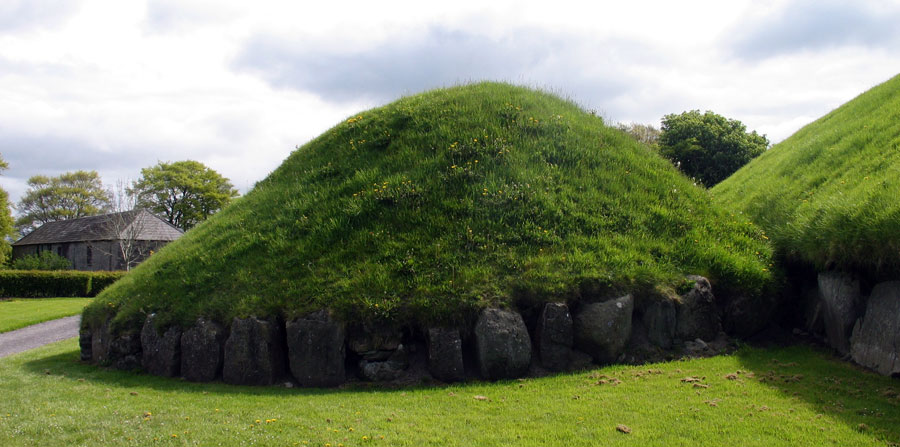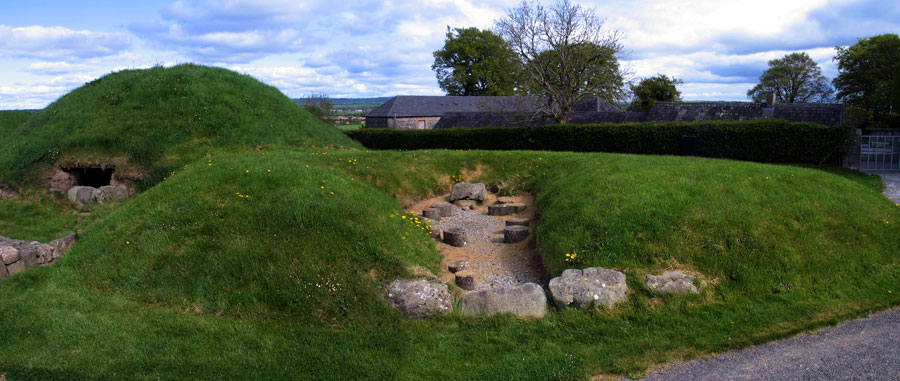Knowth Site 16
Knowth 16 is an fascinating site which certainly predated the big mound, as it is built into it on the north-east side. Because of this, the mound is D shaped in plan, with a diameter of about 8.6 meters. The passage originally faced southwest, perhaps to a setting lunar standstill and was about 4 meters long. This was modified when the large mound was constructed, and some 1.5 meters of passage was removed. The newer extension passage is oriented to the southeast at a right angle to the existing structure, and is about 3.5 meters long, with the kerb of the great mound forming the west wall.
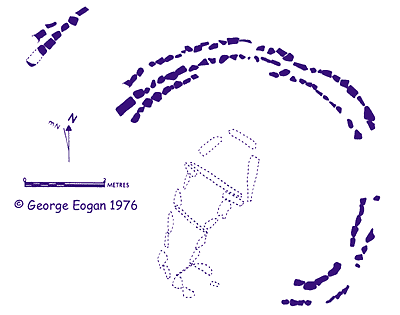
Sixteen kerbstones were found in their original positions. There were five circular stone settings on the old ground surface and concentric to the kerb, somewhat like those at Townleyhall and at Carrowmore in county Sligo. There is evidence for corbelling in this chamber, as a number of flags, which appear to have been the roof, were found on the floor of the chamber.
Cremated remains were found in the passage and inner chamber. Other finds were a pin made from the leg bone of a bird, and a shard of Carrowkeel ware from under the mound. There are engravings on five of the passage and chamber stones, including one of the corbels.
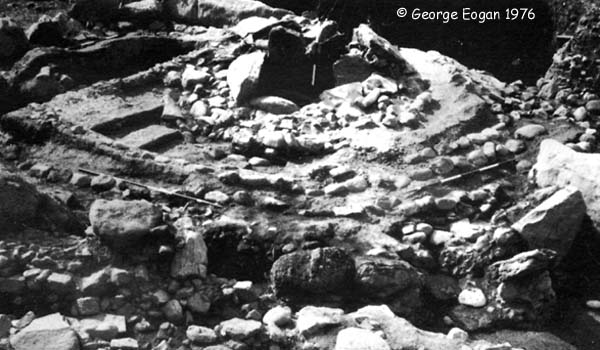
Site 17
Knowth 17 located on the east side of the main mound, just to the north of the east entrance, and almost touches the kerbs. The monument is about 14 meters in diameter; very little of the mound was left, as it had been ploughed down to the level of the field. There are twenty-one boulders from the kerb surviving on the west side of the monument.
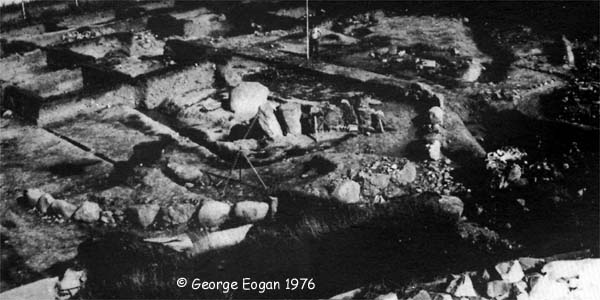
The passage is six meters long, and leads into a cruciform chamber which measures 3.5 by 3.2 meters. The passage is oriented due south and the orthoatsts increase in size as they approach the chamber; a disturbed capstone, which is probably from the passage, was found during the excavation. Some cremations were found in the passage, along with some pieces of flint and sherds of pottery, possibly Carrowkeel ware. Art was found on five of the passage stones.
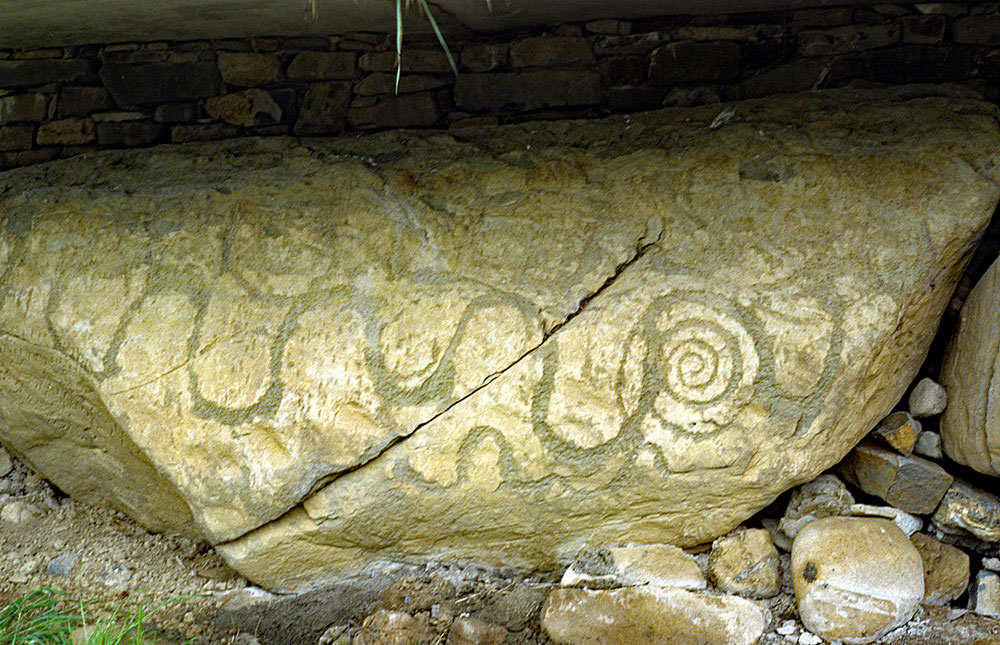
Site 18
Knowth 18 was completely destroyed when drains were dug through the site. The south-east quadrant of the site was badly disturbed through the ages, and it is possible that several more sites existed between Sites 2 and 18. Four kerbstones were found in place with a possible fifth close by. The diameter was reconstructed from the sockets of missing stones, and was about 15 meters.
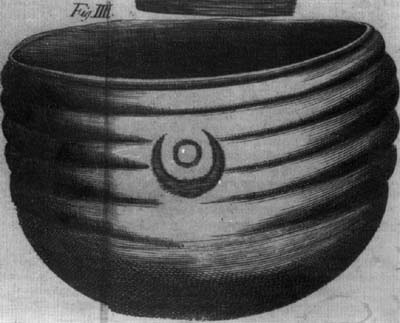
The passage was eight meters long, and led into a cruciform chamber which measured 3 by 3 meters. Some fifteen sockets of the chamber stones were found. The passage and chamber are oriented slightly west of due south. The mound is very close to Site 17, and the two sites may have had touching kerbs.

